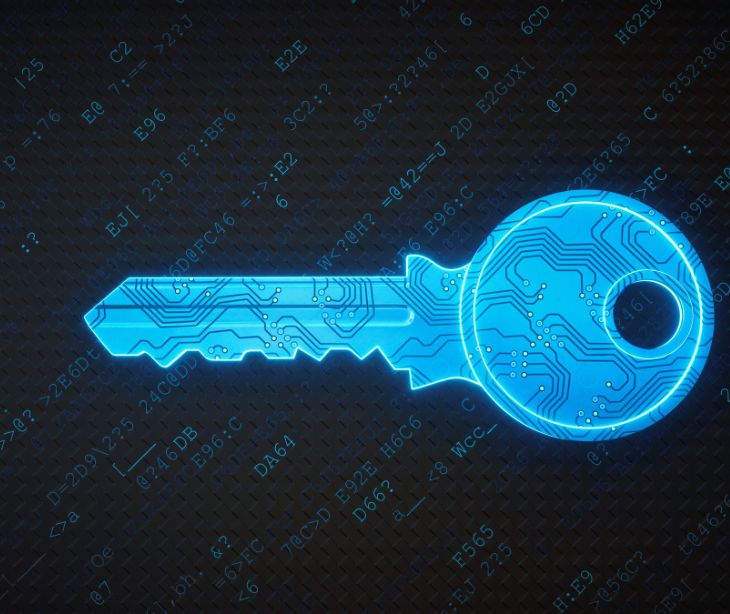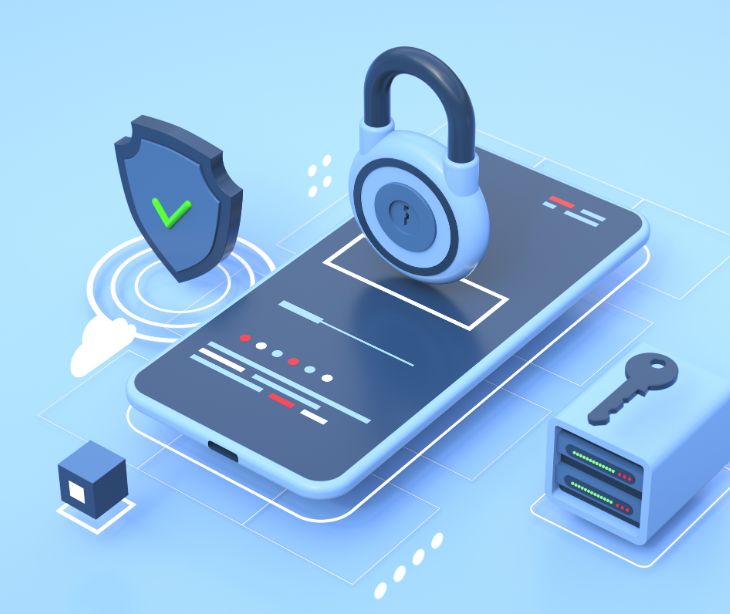
Healthcare organizations have transitioned from traditional methods of safeguarding medical information, such as locking stamped envelopes in safe storage rooms, to cloud-based EHR systems. While this digital transformation has benefits, it has also made patient data vulnerable to cyberattacks, introducing the need for adequate encryption.
The role of encryption in data security
Data security involves combating unauthorized access and defending establishments against cyber threats and data breaches. Encryption, a key component of data security, ensures that digital data, including protected health information (PHI) in EHRs, is transformed into an unreadable format that can only be decrypted with the appropriate cryptographic keys. By encrypting patient data, healthcare institutions can protect against cyberattacks, prevent unauthorized access, and safeguard patient privacy.
See also: Challenges with using blockchain technology in healthcare
Threats to encryption of EHR systems
Threats to the encryption of EHR systems pose significant risks to the security and privacy of sensitive patient data. Several potential threats exist that could compromise the effectiveness of encryption measures in protecting EHRs:
- Phishing attacks: Cybercriminals may attempt to exploit email communications to trick users into revealing encryption keys or login credentials. By gaining unauthorized access to encryption keys, attackers could bypass data protection mechanisms and gain access to EHRs.
- Malware and ransomware: Malicious software, such as malware and ransomware, can be deployed through various means, including phishing emails and software exploits. If successful, these attacks can compromise encryption keys or directly impact EHR data, stealing or holding it for ransom.
- Cloud threats: With the increasing adoption of cloud-based EHR systems, the risk of supply chain and third-party exploitation has also risen. Cloud services provide a larger attack surface, and a breach in the cloud infrastructure could potentially compromise encryption keys or the encrypted data itself.
- Insufficient encryption implementation: Inadequate or weak encryption implementation can render data vulnerable. Many devices within the EHR network might lack proper encryption, leaving data in transit susceptible to attacks like Man-in-the-Middle, which could lead to unauthorized access and data exfiltration.
- Insider threats: Personnel within healthcare organizations, whether through negligence or malicious intent, pose an insider threat to encryption. If employees with access to encryption keys misuse their privileges, they could gain unauthorized access to EHR data.
Encryption standards for EHR systems
HIPAA's Security Rule
The Security Rule requires that covered entities and business associates implement encryption as an addressable implementation specification under the Technical Safeguards. This is a useful method of assisting these organizations to further protect PHI. The strength and effectiveness of encryption depend not only on the encryption standard used but also on proper key management, secure key exchange, and implementation best practices.
The all-around approach to compliance includes using secure and encrypted communication methods such as HIPAA compliant email. Covered entities and business associates should work with qualified IT security professionals to select and implement appropriate encryption standards based on their specific needs and risk assessments to ensure compliance with the HIPAA Security Rule.
NIST SP 800-111
Guide to Storage Encryption Technologies for End User Devices NIST Special Publication provides guidance on data at rest encryption. It focuses on protecting data stored on end-user devices such as servers, desktop computers, laptops, tablets, and mobile devices. The standard outlines various encryption technologies and techniques organizations can use to secure data on these devices.
By implementing data-at-rest encryption, organizations can ensure that even if the physical device is lost or stolen, the data remains encrypted and inaccessible to unauthorized individuals. This helps protect ePHI from being compromised in case of theft or unauthorized access to the device.
NIST SP 800-52
This NIST Special Publication focuses on data in transit encryption, specifically related to Transport Layer Security (TLS). TLS is a cryptographic protocol used to secure communications over a network, such as the Internet. In the context of EHR systems, TLS is required for the transmission of ePHI between different systems, such as electronic health record servers, healthcare providers' systems, and other authorized parties.
By using TLS encryption, organizations can protect ePHI from interception and unauthorized access during transmission. This is particularly necessary for ensuring the privacy and security of patient data when it is exchanged between healthcare entities and other stakeholders.
See also: What is StartTLS?
Subscribe to Paubox Weekly
Every Friday we'll bring you the most important news from Paubox. Our aim is to make you smarter, faster.




